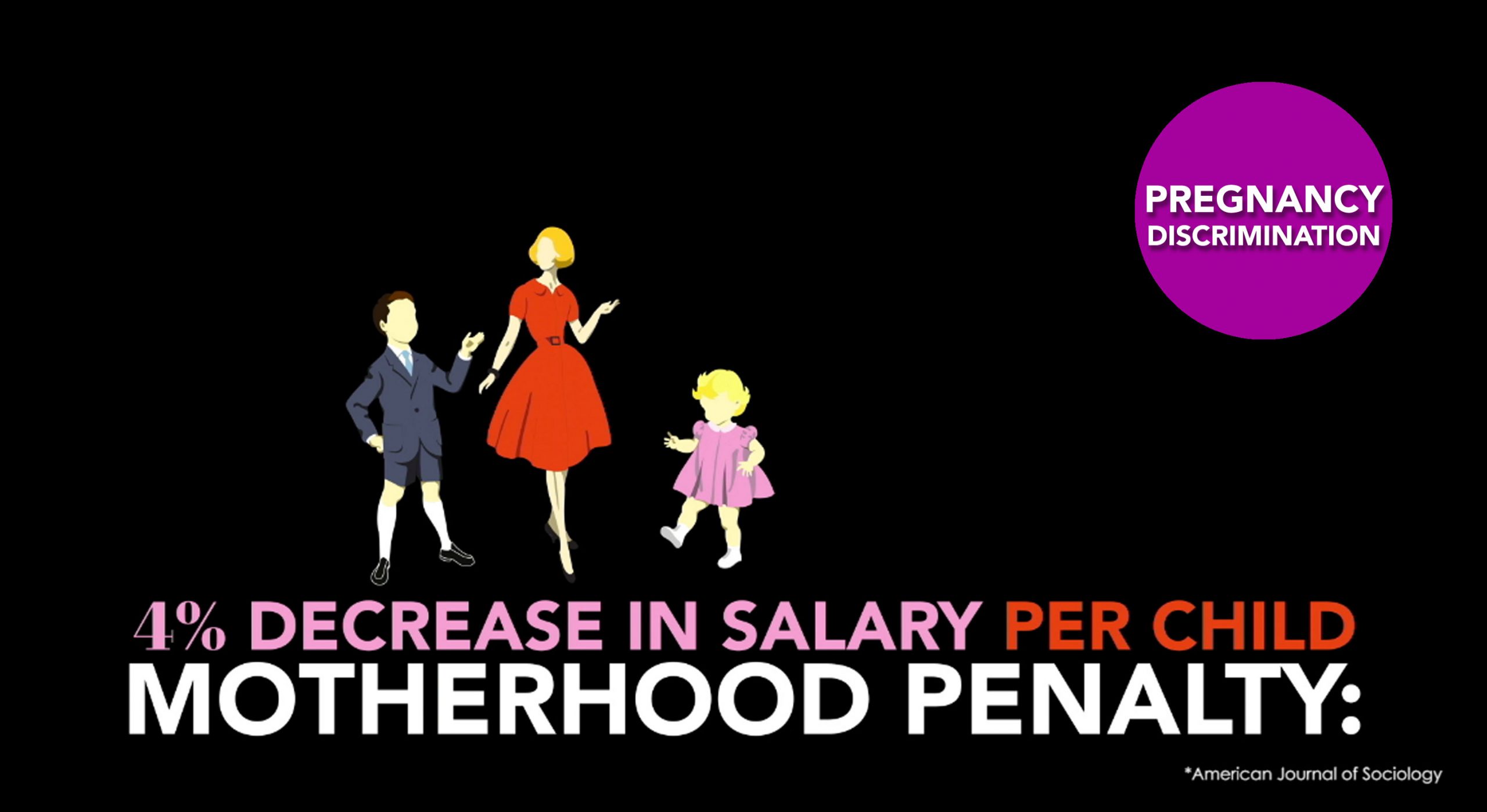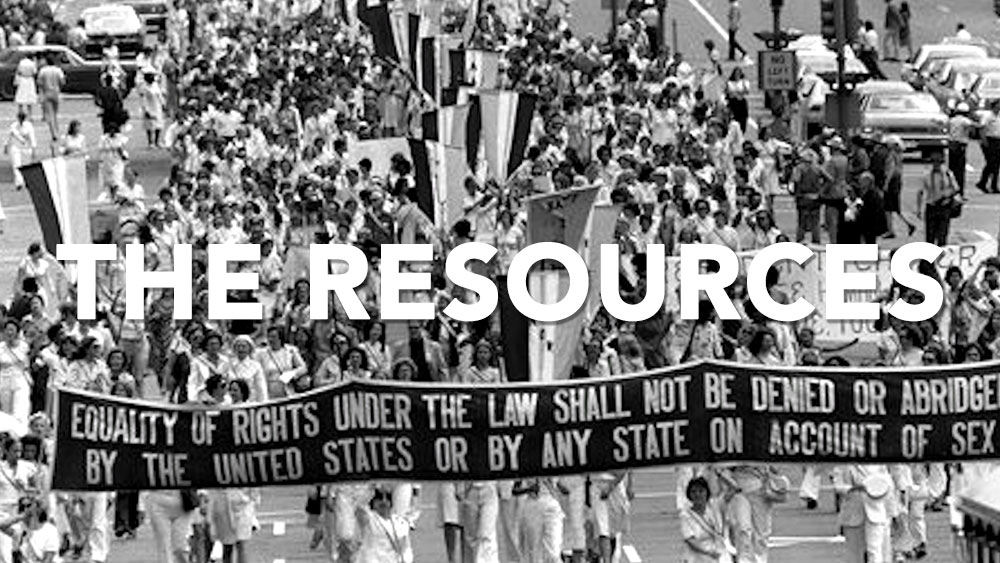


Nearly three-fourths of women in our country’s labor force will become pregnant at some point during their working lives. Most first-time moms will continue on the job until their water breaks, with 87 percent working in the ninth month of pregnancy. For many, the choice is out of economic necessity. In 40 percent of families with children, working moms are the main breadwinners.
Despite such seismic demographic shifts, our country’s outdated laws and policies don’t reflect the reality for the majority of families. The government’s Family Medical Leave Act simply requires companies allow 12 weeks off for maternity, with no pay. For businesses with fewer than 50 employees, the act doesn’t apply, i.e. no mandatory time off. The United States is the only nation in the developed world that provides no paid maternity leave.
Congress passed the Pregnancy Discrimination Act in 1978, yet pregnant women, especially those in low-wage and physically demanding jobs, are routinely fired or forced off the job. The national legal advocacy organization, A Better Balance, takes on cases of soon-to-be mothers fired for requesting minor accommodations, such as permission to sit during a long shift, an extra restroom break, or temporary relief from heavy lifting to avoid pregnancy complications.
In 2015 the Supreme Court heard the case of Peggy Young, a UPS driver for seven years before she became pregnant in 2006. UPS required a doctor’s note, listing any possible restrictions. Peggy presented a letter from her midwife. recommending she not lift more than 20 pounds. Peggy was willing, and wanted, to keep her current position, as she rarely moved parcels heavier than 20 pounds. UPS refused, saying she was a liability. They also failed to offer her a temporary light-duty job, even though the company regularly gave light-duty assignments to other employees suffering from various medical conditions, including on-the-job injuries, high blood pressure and even for workers who’d lost their driver’s license due to a DUI conviction.
After losing her livelihood and health insurance when her family needed it most, Peggy sued UPS for violating the Pregnancy Discrimination Act. She won. The Supreme Court ruled that because UPS had accommodated a large percentage of non-pregnant workers, it had violated the law by placing a “significant burden” on pregnant employees.
After losing her livelihood and health insurance when her family needed it most, Peggy sued UPS for violating the Pregnancy Discrimination Act. She won. The Supreme Court ruled that because UPS accommodated a large percentage of non-pregnant workers, it had likely violating the law by placing a “significant burden” on pregnant employees.
That’s the good news. The bad news is the court’s decision essentially requires future mothers-to-be to become detectives, going through a multi-step evidentiary process to prove discrimination. They must investigate company policies, and determine how the majority of their coworkers have been treated, before they can receive any accommodation.
In contrast, workers covered by the Americans with Disabilities Act (ADA), and those who seek religious accommodations under Title VII of the Civil Rights Act, needn’t provide proof of discrimination. Their accommodation request must simply be reasonable and not impose an “undue burden” on the employer.
Although a dozen states and cities have passed additional legislation to protect pregnant women, there needs to be a national standard. A right to reasonable accommodations without placing undue hardship on the employer—the same standard for workers with disabilities.



THE FACTS
Number of women who become pregnant in the United States each year: 6,000,000
Guttmacher Institute
Statistic Brain Research Institute
Number of developed countries that don’t require paid maternity leave: 1 — The United States
A Better Balance
Pew Research Center
World Policy Center
Percentage of soon-to-be new mothers in U.S. who are not eligible for unpaid maternity leave under Family and Medical Leave Act: 80
National Partnership for Women and Families
Percentage of working mothers with children at home: 70
Bureau of Labor
Percentage of women who are sole or primary provider in households with children: 40
Pew Research Center
The New York Times
Percentage a woman’s salary decreases, on average, for each child she has: 4
Percentage a man’s salary increases, on average, for each child he has: 6
The New York Times
The Fatherhood Bonus and the Motherhood Penalty
Percentage of women who do not qualify for leave under FMLA: 40
Center for Economic and Policy Research
THE EXPERTS
Peggy Young
case against UPS
Dina Bakst
Co-Founder and Co-President – A Better Balance, The Work and Family Legacy Center
Lauren Teukolsky
Civil Rights Lawyer – Traber & Voorhees
Lisa Newcity, J.D.
Program Director of Legal Studies – Roger Williams University
Lisa Watson
CEO – Downtown Women’s Center, Los Angeles
THE RESOURCES
A Better Balance, The Work and Family Legal Center.
http://www.abetterbalance.org
(212) 430-5982
U.S. Equal Employment Opportunity Commission (EEOC)
http://www.eeoc.gov/laws/types/pregnancy.cfm
(800) 669-4000
National Women’s Law Center
http://www.nwlc.org/resource/it-shouldnt-be-heavy-lift-fair-treatment-pregnant-workers
(202) 588-5180
